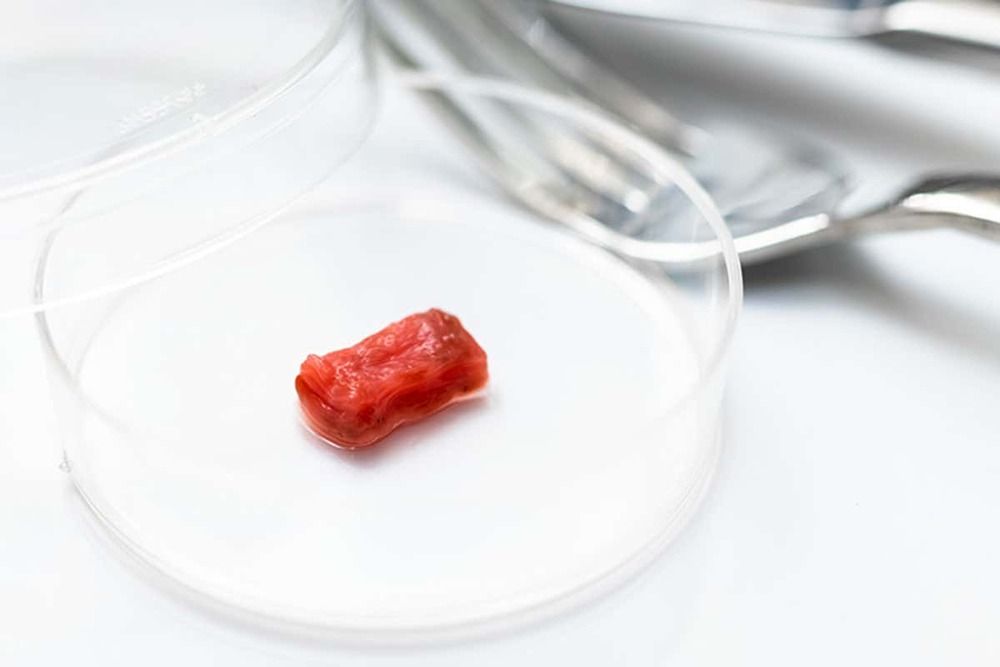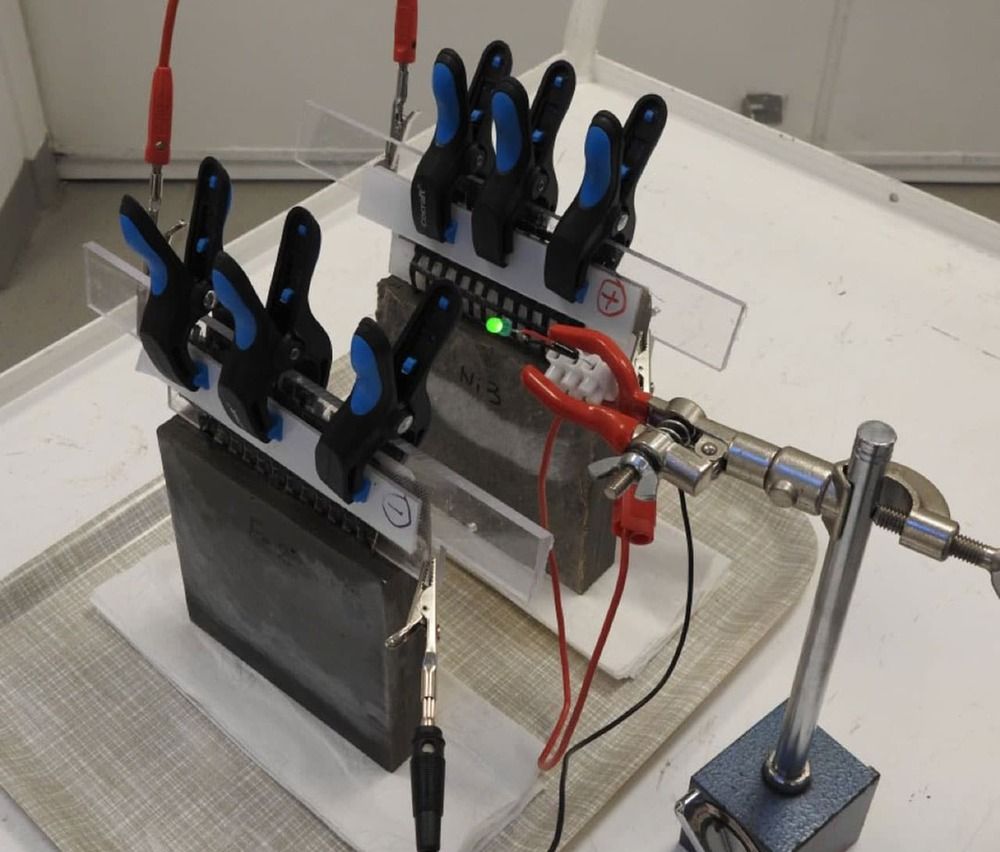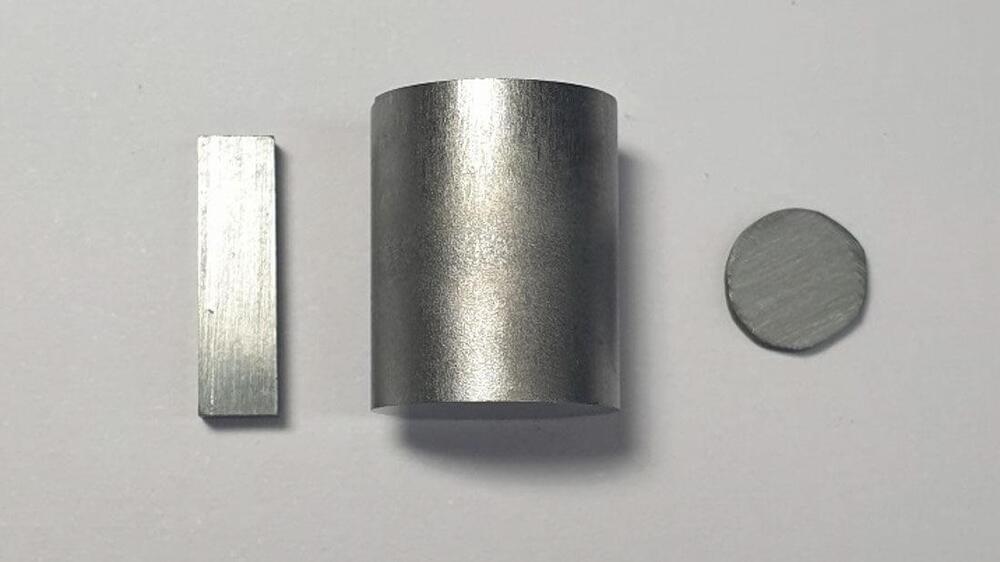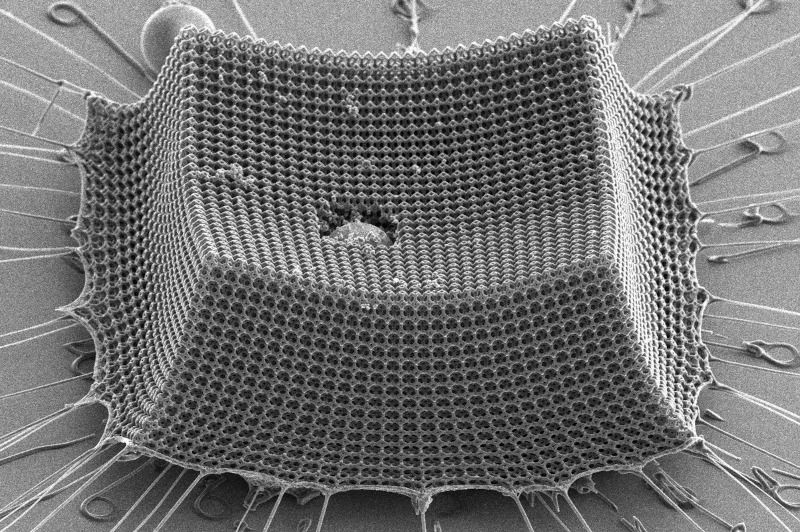Aug 10, 2021
Lab-grown meat now mimics muscle fibres like those found in steak
Posted by Quinn Sena in categories: food, materials
Many researchers are working to develop lab-grown meat, partly to reduce the environmental impact of meat production, and partly because of ethical concerns about the treatment of livestock. While some substitutes use plant-based materials to mimic meat, others aim to grow animal cells in culture to create true artificial meat.
So far, this kind of artificial meat doesn’t match the structure of the real thing. It is missing the complex layers of muscle, fat and sinew. The result is mince that can be used to make burgers, like the one famously cooked at a press conference in 2013. Now, researchers are attempting to make something that mimics a steak or chop.
A team led by Shoji Takeuchi at the University of Tokyo in Japan has found a new way to grow cow muscle cells in culture. The cells arrange themselves into long strands, resembling real muscle fibres. “We have developed steak meat with highly aligned muscle fibres that are arranged in one direction,” says Takeuchi.

















